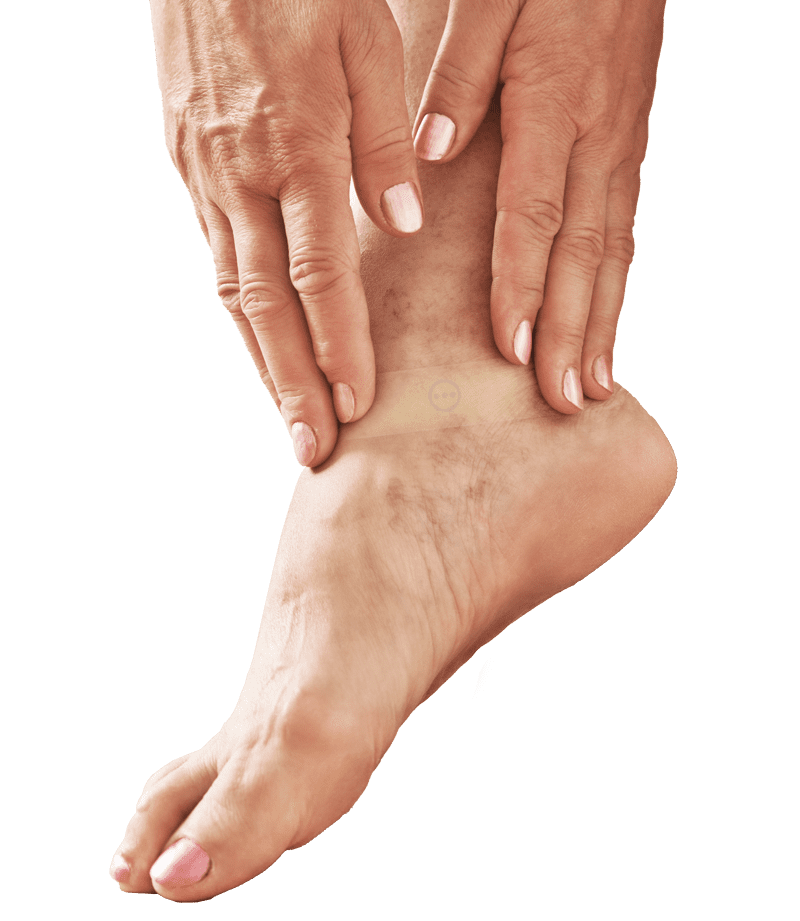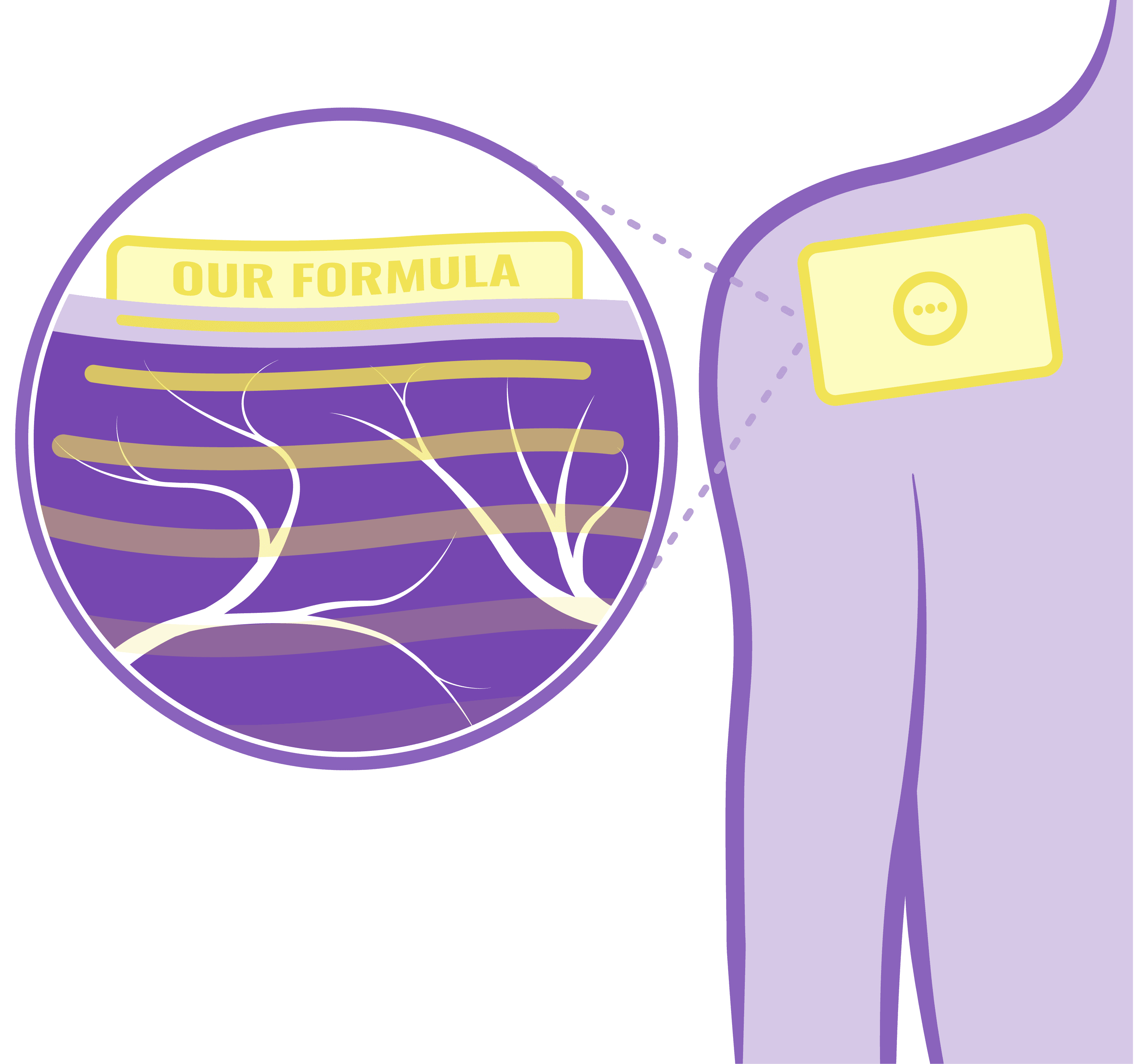3: The source of pain is at skin level
The nociceptors, the specific receptors which give out pain signals, are located at skin level, fractions of a millimetre away from the surface. They usually protect us by causing pain when exposed to potential harm like burning temperatures or injury. The problem arises when they cause pain without any harm being threatened. Research has established that a shortage of energy, provided by glucose, or an inability to process the glucose to extract its energy, is the cause of this misfiring of pain signals, but not yet why that should arise. The issue is physiological, so targeted transdermal delivery of nutrients directly to the nociceptors makes sense.




